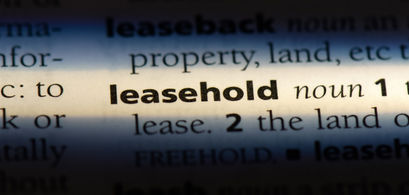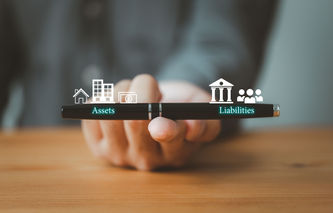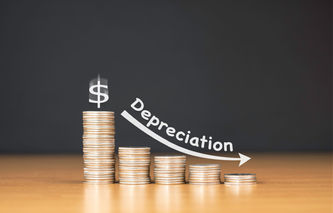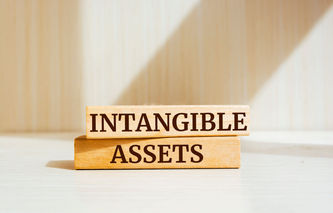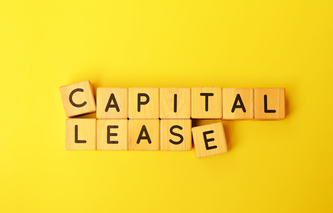Definition
The term leasehold is used to describe the contractual agreement between the lessor and lessee. The leasehold agreement grants the lessee the right to use of a specific property, for a specific period of time, in return for the agreed-to payment terms.
Explanation
Most lease agreements are fairly straightforward, and provide the lessee access to a specific property in exchange for what are typically cash payments. The agreement between the lessee and lessor will specify payment terms, timelines, as well as the exact use rights to the property.
There are several situations that need to be addressed as part of the accounting cycle:
Capitalization: if a lease transfers substantially all of the benefits and risks associated with owning the property to the lessee, it may be classified as a capital lease. As such it must be recorded on the balance sheet as a tangible asset, and depreciated in a manner that is consistent with the lessee's accepted depreciation methods.
Prepayment: if payment is made in advance, the prepaid rent needs to be allocated to the associated accounting periods. This prepayment can be a lump sum representing payment in full or a down payment. Prepayments are usually classified as a deferred charge.
Leasehold Improvements: if the lessee decides to expand, reconstruct, or otherwise dedicate monies to the improvement of a leasehold agreement, this improvement becomes the property of the lessor at the end of the agreement. Leasehold improvements are generally classified as property, plant and equipment. As such, these assets are depreciated over their useful lives or the remaining life of the agreement, whichever is shorter. A lease may contain a clause allowing the lessor to extend the agreement. If the likelihood of extending the agreement is certain, the improvement can be depreciated over the serviceable life of the improvement or the extended lease agreement, whichever is shorter.
